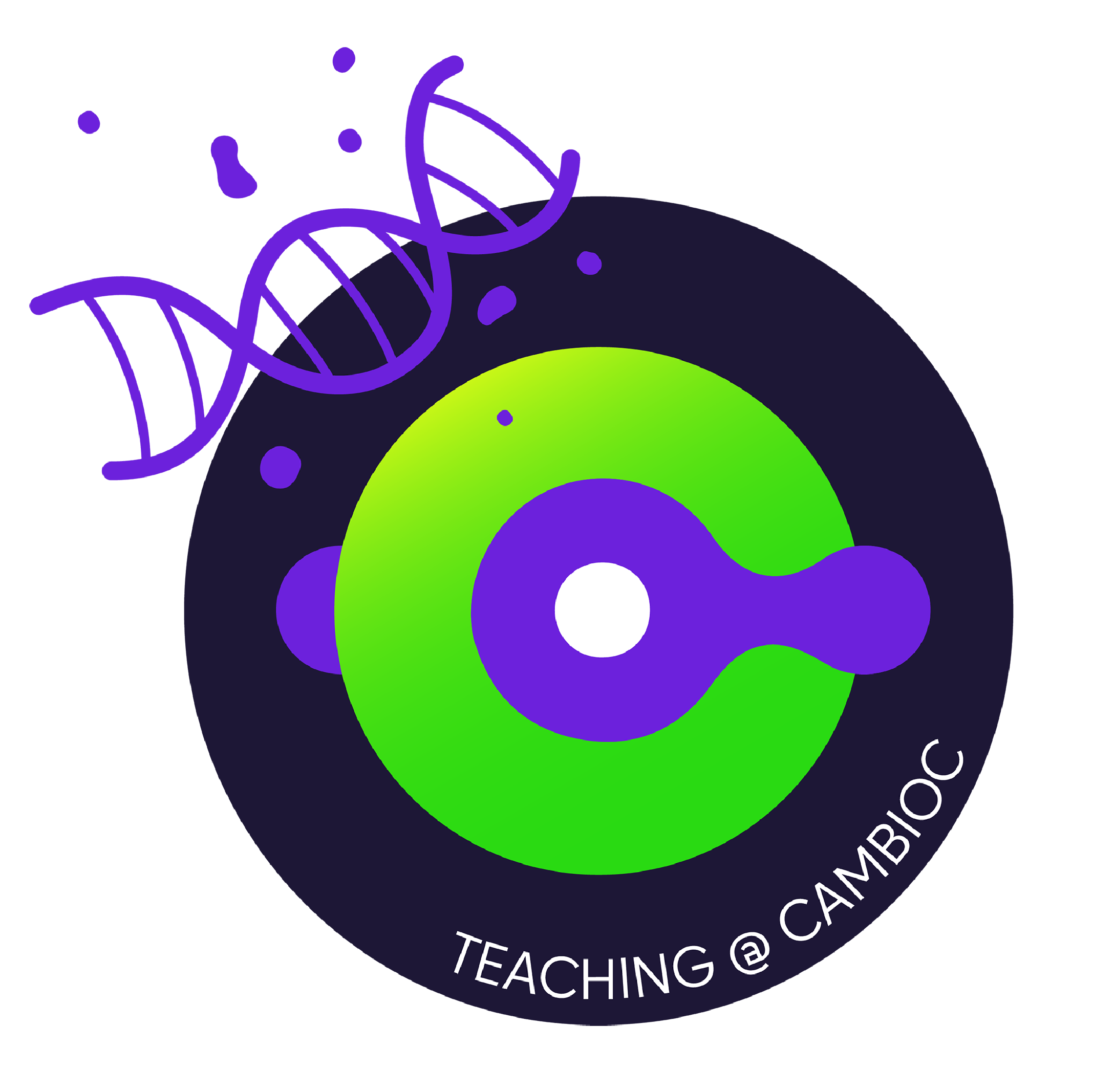Part II & III Projects
Provision of Part II & III Projects
The Department is required to provide research projects for ~ 40 Part II and ~30 Part III students. As Part II projects run for one term and Part III projects for ~two terms, this equates to ~100 terms of projects.
Given the number of students and the number of groups in the Department, all
- UTOs are expected to host a minimum two students each year
- RFs are expected to host one student each year
- SRFs are expected to host one student each year
- SRFs appointed as UTOs are expected to host two students each year
Those RGHs that have difficulties providing wet lab supervision are nevertheless expected to host students and to provide dry (computational) project proposals – there is increasing interest in these and some of the students are very skilled in these areas.


Day-to-day Supervision
Every Part II and Part III project student is expected to have a designated day-to-day supervisor who knows the project and the techniques used in it and who is in the laboratory most of the time. This can be the RGH themselves, but ideally there is another person involved as well in the daily supervision.


Preparing for Supervising
The day-to-day supervisors are expected to take part in supervisor briefing in the first year they supervise to ensure they understand what projects are for, what is expected from the lab and supervisors and the expectations from students.


Payment for Day-to-day Supervision
Day-to-day supervisors will be compensated for this work by the College of the students, provided they write a brief supervision report on the CamCoRS portal. Note that the payments for day-to-day project supervisors are capped (8h/Part II project & 19h/Part III project).

Part II Project Selection
- Part II project selection takes place in the Michaelmas term.
- Every PI is expected to provide titles (only) for possible projects by the middle of the MT and the list of these is distributed to the students around week 5/6 of the term.
- The students are asked to contact potential supervisors and arrange a meeting (in person or via Zoom/Teams) to discuss the project(s). The students are expected to distribute the agreed meeting date to all part II students, so everyone can join the discussion. This is both for RGHs not to have to meet with possibly 20-30 students individually, but also as the students can be shy at asking questions and in a larger group a broader range of queries get asked and answered.
- Students subsequently submit their preferences for the groups in which they want to do a project and the project coordinator (currently Prof Chris Smith) allocates students based on their preferences.
- The students are informed of their project allocation before the end of Michaelmas term. They are expected to meet with the supervisors before leaving for Christmas break so they can get some reading on the project and to meet their day-to-day supervisor.

Part III Project Selection - Proposing Projects
Research Group Heads are asked to provide details for as many projects as they wish, possibly covering different areas of science in the hope that they attract wider range of students. As these projects are longer (two terms) and the Part III students are more experienced, and with better knowledge of the kind of science that interests them, we request more in-depth details for the Part III projects proposed.
This is an example of the details requested for the projects (to fit into one A4 page):
- Scientific background
- Scientific aims
- Learning aims and techniques
- In COVID times: Dry/computational back-up plan in case of a lockdown
- References
It is important to remember that the Part III projects contribute 50% of the final mark for the course and students must have the potential to obtain results to include in their dissertation. For this reason, the projects must be designed realistically with 17-week duration and students’ level of lab experience in mind. Moreover, it is absolutely essential that all the results are available for the students by the end of the Lent term when they leave the lab and start writing their project report. Students must not be expected to generate data after the end of the Lent Term. Please pay particular attention to this if planning a project that requires generation of large datasets and complicated computations analyses, such as next generation sequencing and cryo-EM.
Part III Project Selection - Student Allocation
- Part III project selection happens during the summer, after the Part II results are known and Part III allocation has been made.
- Students receive the document with all the proposed projects, and they will contact supervisors to express interest in particular project and to discuss the details.
- There is no allocation of students to different labs, once student and supervisor agree on this, the students just inform the undergraduate teaching office of their choice.

